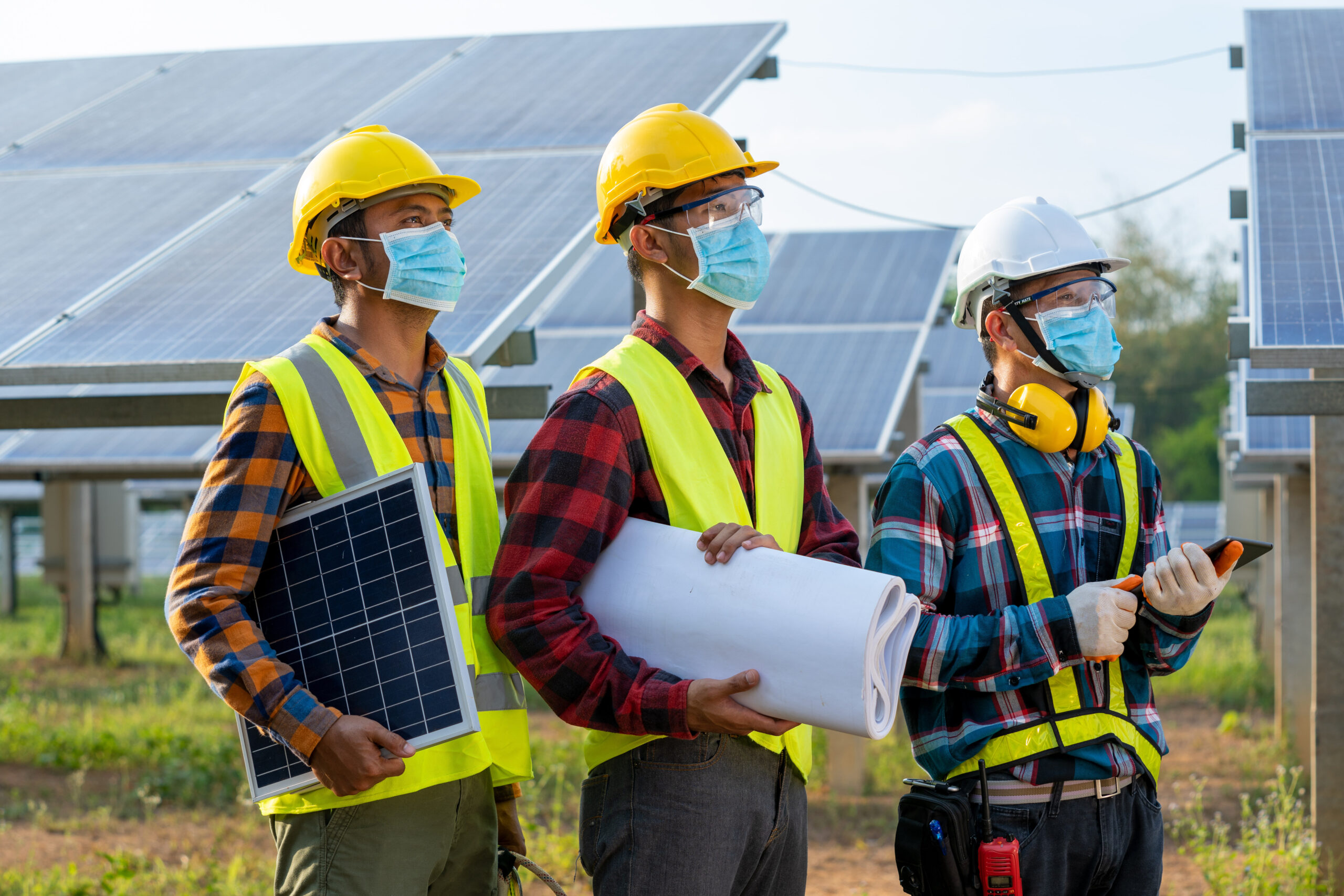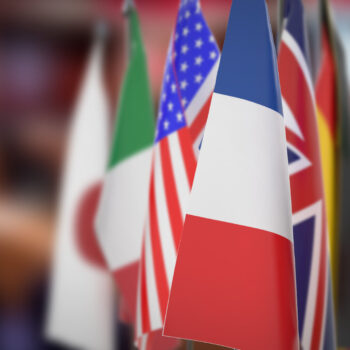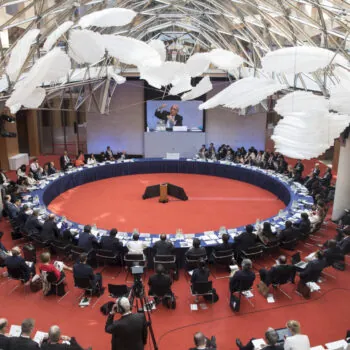Transitioning to clean power is an urgent global priority in the fight against climate change. Real progress on energy transitions is being made but not fast enough.
Over 50 countries are still building new coal plants, on top of the 2000 Gigawatt of coal power that already exists. This despite the argument that for 60% of this global coal fleet it would be cheaper to build new renewables than to keep operating.
We need a radical approach to accelerate the transition from coal to clean power as part of greening the economic recovery from COVID-19. Time is not on our side.
First, we need a space for leaders to broker political deals and at-scale support packages for coal intensive countries wanting to move to modern resilient energy systems. Second, we need a concrete mechanism for institutions to quickly coordinate producing the necessary technical blueprints and project plans along with getting them financed as part of COVID-19 recovery packages.
Scaling and speeding up cooperation for a coal to clean energy transition
Good news on the first score: This week the UK as COP26 President announced a new “Energy Transition Council” (ETC) to speed up the global transition to clean power. The ETC will provide critical space for the leaders of the most relevant international organisations to work with countries accelerating their energy transition as part of COVID-19 recovery. We know from previous attempts, donor coordination despite best intentions can easily get stuck between national mandates and bureaucratic machines. To speed up the energy transition, the council will have to have political buy-in and use this to push through at scale and comprehensive support packages combining technical, financial and economic elements. The council is time-limited, providing a sense of urgency to drive the conversation from now until the COP-26. It will be housed at the Clean Energy Ministerial, so can quickly be up and running.
The plan is to create high level dialogue with small groupings of countries:
- Vietnam, Indonesia and the Philippines in South East Asia;
- Southern Africa, Nigeria and Kenya in Africa, and
- India, Bangladesh and Pakistan in South Asia.
These are the priority countries either because they have a significant amount of operational coal plants or are planning on building new coal. The hope is they could be persuaded otherwise with a strengthened clean energy offer.
Science demands we put learning and knowledge-sharing on steroids. No one has this all figured out; it’s faster if we grapple with the complexity and problem-solve together. A perennial issue is how to seamlessly integrate higher levels of renewables onto grids.
Mission Innovation will be called on to pool resources and technical know-how to advance smarter grids solutions. The Powering Past Coal Alliance will be called on to help countries strengthen social support packages and structure a just transition away from coal. Also in the works is a Clean Energy Investment Taskforce charged with developing investment-grade policy to mobilise large-scale private finance for clean power projects. Donors will be called on to step up their efforts to coordinate, pool and align scaled-up international support for the energy transition.
Organise around building ‘Modern Resilient Energy Systems’ (MRES)
From the sounds of it, the new council is willing to bang heads together to move things along, however, we still need an operating model or concrete mechanism to mobilise around. One that taps into the current moment of economic COVID-19 recovery.
One idea is to focus efforts around building ‘Modern Resilient Energy Systems’ to underpin economic recovery and modern economies of the future. Currently, political decision-makers in capitals are most concerned with the health of their population and overall macroeconomy.
As MRES is future-oriented, its modelling has to be based on megatrends toward decarbonisation, digitalisation, and decentralisation. The focus on the “system” as opposed to any one technology, allows for a drive towards energy efficiency along with renewables, and a balanced grid. MRES moves the conversation on from old arguments about the role of coal or the need for baseload to delivering climate outcomes through a macroeconomic lens.
So how could it be done?
An MRES framework could be split into three phases:
- technical blueprints and project plans;
- financing and investment; and
- implementation and climate ambition – which could actually overlap in practice.
Next year’s COP26 climate talks in Glasgow could become the backstop and action-forcing event mobilising support for countries to build an MRES. The ETC could become the space where donor countries and emerging economies work with international organisations like the International Energy Agency, International Renewable Energy Agency, the World Bank, and the Asian and African Development Banks to model what a ‘Modern Resilient Energy System’ actually looks like, and finance its foundational projects.
Producing a robust master plan takes considerable time, capacity-building and consultation. This process must be turbocharged to produce in months what typically takes years; at least to the level of detail where the first tranche of project-level and system-wide investments could be readied and made investment-grade.
This sounds incredible but it’s not impossible with a concerted political effort and dedicated resources.
Much technical work already exists, national plans could be consolidated, and external vendors enlisted to work with local bodies to fill gaps in analysis. Speed is necessary to access the substantial, but still limited COVID-19 recovery funds MDBs have amassed. Countries urgently need a better sense of how to green their recovery strategies and produce concrete green pipelines.
There are existing concessional pots of money to help them do this, although they need substantial replenishments to operate at the necessary scale. Philanthropic funding could be quickly mobilised to assist these efforts. For example, the big foundations could fund bespoke macroeconomic studies to show for each MRES country the costs along with the economy-wide benefits of a modern resilient energy system. Not just today but into the future. Decision-makers would also benefit from a jobs and skills assessment to help with regional and local economic planning and preparing their young populations for jobs of the future.
Once the blueprints and project plans are produced, they need financing. Can the ETC structure these conversations and broker breakthrough investments by COP26? Investors with different types of capital – from concessional sources, development finance and big institutional players – need to be brought together. New approaches to create fiscal space for countries in need and maintain access to capital markets along with new de-risking instruments could be part of the MRES framework.
If green pipelines are developed and financing agreed in the next 15 months, will more middle-income countries be willing and able to announce ambitious climate targets and strategies in Glasgow? For that to happen they will need to know substantial concessional funds are available to deliver on promises.
Strategically, MRES is designed to align incentives and deliver multiple outcomes.
Coal intensive countries get to volunteer to pilot and co-develop a new approach. They get help to get out of a hole and to build an energy system to underpin a modern growing economy. For developed economies, it offers a smart, strategic way to show solidarity in times of crisis, and deliver macroeconomic, fiscal and climate benefits. Getting “more for more” is vital in times of fiscal distress.
The COP26 Energy Transition Council mobilising actors around a mechanism like MRES would represent a step-change in international cooperation. It demands agile and ambitious diplomacy over the next 15 months, and all hands-on deck. Not only would it deliver “ambition” at COP26, but it would also strengthen the international framework of support for more rapid decarbonisation across a wide group of countries throughout the next decade.


